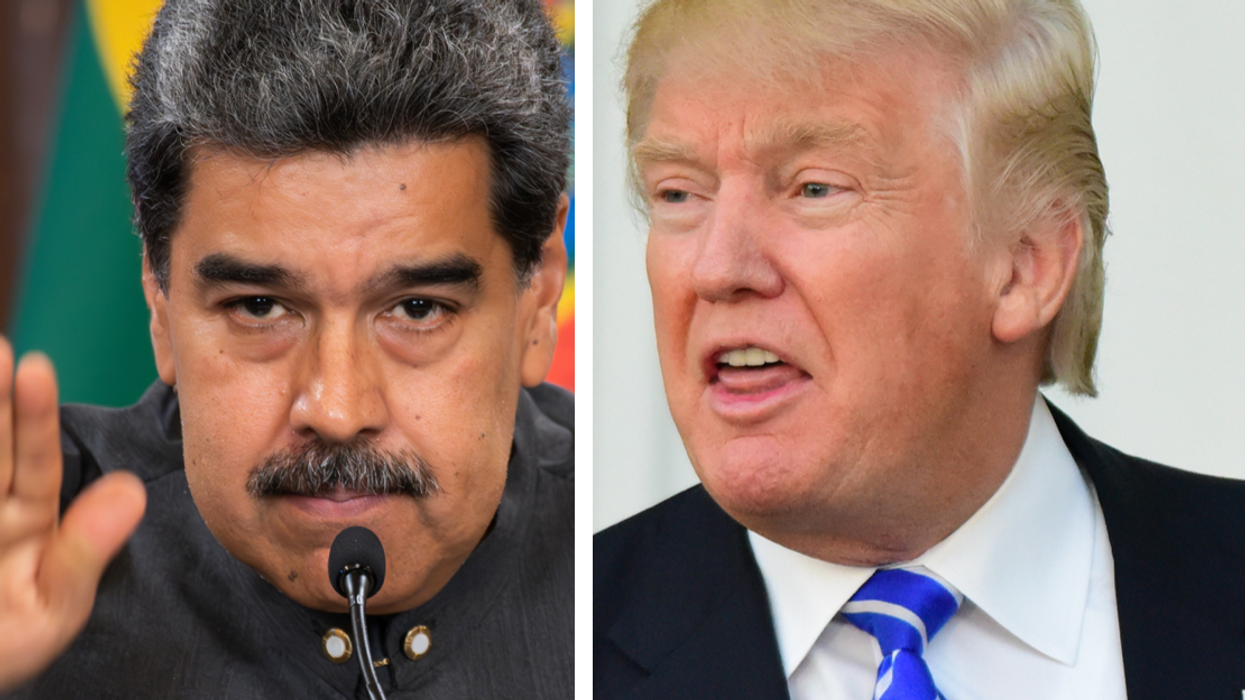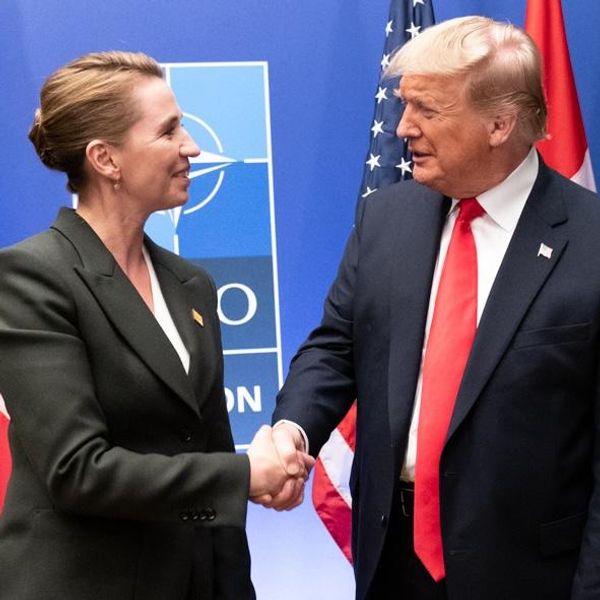U.S. involvement in the 1953 coup in Iran is not debatable, but there continues to be a fight over the extent of that involvement and how significant the U.S. and U.K. roles were.
According to a recent surge of revisionist accounts, the U.S. role was not that great, but hundreds of documents released by the U.S. government in 2017 have confirmed the standard view that the U.S. role was significant and indeed crucial to the toppling of the popular prime minister, Mohammed Mossadegh.
The eminent historian of Iran, Ervand Abrahamian, has written a new book reviewing the information disclosed in these declassified documents from the government. In that book, “Oil Crisis in Iran: From Nationalism to Coup d’Etat,” Abrahamian explains that the documents show much more extensive U.S. involvement in Iranian domestic politics in the years leading up to the coup than had previously been acknowledged. “A cursory comparison between the 2017 version of Foreign Relations of the United States, 1952-54, Vol. X, Iran, 1951-54 (FRUS) with the 1989 version with the same title indicates that these documents were withheld for so long precisely because the State Department was reluctant to admit to such deep involvement.”
Abrahamian also found that the Truman administration supported removing Mossadegh from power when he refused to budge on oil nationalization, and they paved the way for the coup that Eisenhower endorsed. He details the repeated U.S. interventions in Iranian politics during the oil crisis, including interference in several Majlis elections. He does so to rebut revisionist accounts that have tried to minimize the U.S. role, to shed light on continuities in U.S. policy towards Iran under Truman and Eisenhower, and to determine as much as possible what was really driving U.S. support for removing Mossadegh.
The standard story about the reason why the U.S. backed the coup was that Washington feared losing Iran to communism, and this interpretation has leaned heavily on the Cold War justifications that the relevant policymakers themselves offered. As Abrahamian shows, however, the focus of both the U.S. and U.K. governments in the years leading up to the coup was on preventing oil nationalization and stopping Iran from creating a precedent that they feared would then be applied elsewhere in the world. The U.S. also had reason to emphasize the fear of communism as the main factor because they needed to have a fig leaf to justify the intervention.
Abrahamian explains: “To carry out acts against non-communist entities and countries, the CIA, as well as other U.S. agencies, had to bend facts, distort reality, and resort to creative language. They had to pigeonhole such operations as part-and-parcel of the war on communism and the Soviet Union — that is, to make the issue an integral part of the Cold War.”
The U.S. had no right to overthrow an elected Iranian leader in any case, but the government felt the need to dress it up as an anticommunist action to make it seem as if it were part of the larger strategy against the Soviets. Shoehorning covert regime change in Iran into anti-Soviet containment policy lent it a kind of “legitimacy” in Washington that it wouldn’t have had otherwise. Much as the government would do on other occasions, the intelligence was manipulated to fit the policy that had already been decided on.
The alleged fear of communist takeover was used as the official excuse for the coup later, but the reason for it was the desire to oppose real oil nationalization. There was a fear of a domino effect of sorts, but it was the domino effect of other governments seeking to alter the terms of the contracts that had been imposed on them by colonial powers in previous decades. The question for the U.S. and U.K. during the oil crisis was how to get Iran to agree to “empty nationalization” where they would accept nationalization in principle but deny it in practice. This would be “nationalization without actual control,” and of course this option was unacceptable to the Iranian side. As it became clear that Mossadegh was not going to be fooled with this obvious bait-and-switch, the U.S. aligned itself more closely with the U.K. position and became more supportive of replacing Mossadegh.
Abrahamian concludes that “the coup came as a result of policies initiated under Truman well before the advent of the Eisenhower administration.” While Eisenhower was the one responsible for ordering it, his predecessor shared in the blame for laying the foundation for it. The Truman administration’s earlier reluctance to endorse a coup outright was informed more by the Shah’s unwillingness to participate at first than it was by other considerations. That is, the Truman administration didn’t endorse the option because they assumed it wouldn’t “work” without the Shah’s involvement, and not because they thought it the wrong thing to do.
At the end of the book, Abrahamian takes on the revisionists directly, and notes that the new documents “do not bolster” their case at all. He quotes a key sentence from one of the documents, The Battle for Iran: “The military coup that overthrew Mossadeq was carried out under CIA direction as an act of U.S. foreign policy, conceived and approved at the highest level of government.” The core of the revisionist case is that the U.S. role in the coup has been “much exaggerated,” but the evidence Abrahamian assembles shows that the new information confirms the standard interpretation of events and proves how important U.S. involvement was.
For Abrahamian, the U.S. role is essential at every important juncture. “The new documents firmly reinforce the standard view that the coup would not have occurred without the active participation of the Americans — especially the CIA and the embassy.” Without U.S. interference in Iranian affairs, there would have been no coup. Because of that interference, Iran was condemned to 26 years of U.S.-backed dictatorship, and that paved the way for the revolution that followed. That doesn’t deny agency to the Iranians that took part in the coup, but it acknowledges the reality that U.S. involvement, funding, and personnel were critical. Abrahamian sardonically comments, “The only people who can justly complain that the U.S. role had been exaggerated — at their expense — would be the operatives from MI6.”
The debate over the U.S. role in the coup is not simply a matter of academic interest. Understanding the extent of that role and the responsibility of our government for its destructive meddling in Iranian politics then has important implications for how we think about Iran policy and U.S.-Iranian relations today. Some revisionist accounts of the coup seek to distance the U.S. from the coup and its aftermath as a way of whitewashing the U.S. foreign policy record, and others seek to “weaponize” the memory of Mossadegh against the current Iranian government by emphasizing the involvement of some clerics in the coup.
The explicit goal of some of these revisionists is to downplay U.S. culpability for the coup and the dictatorship that followed so that they can push for regime change in Iran today. They are offering bad history and even worse foreign policy, and it is fortunate that Abrahamian has made a point of countering them with this latest book.
















